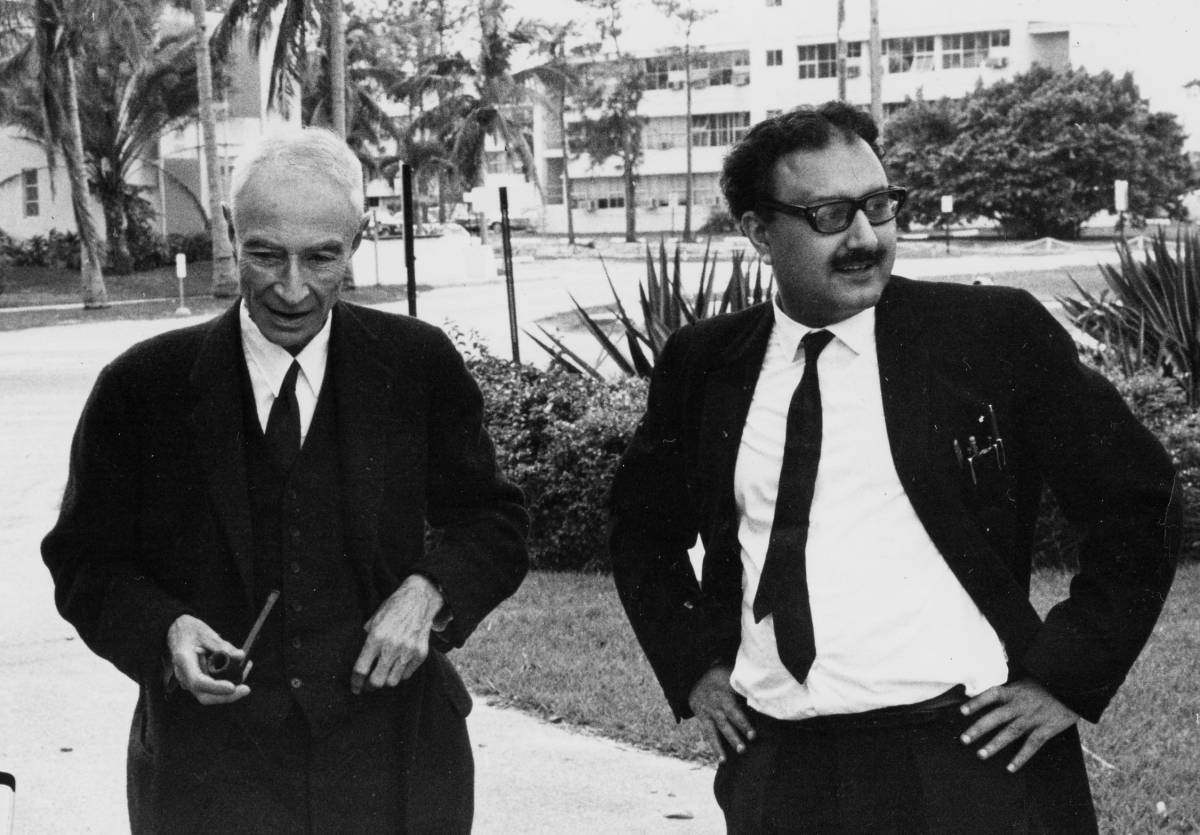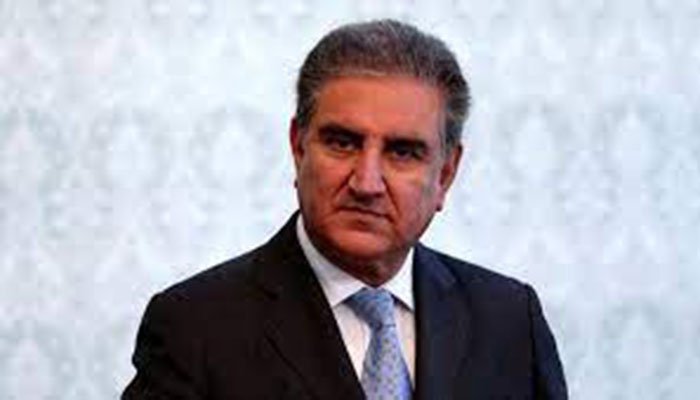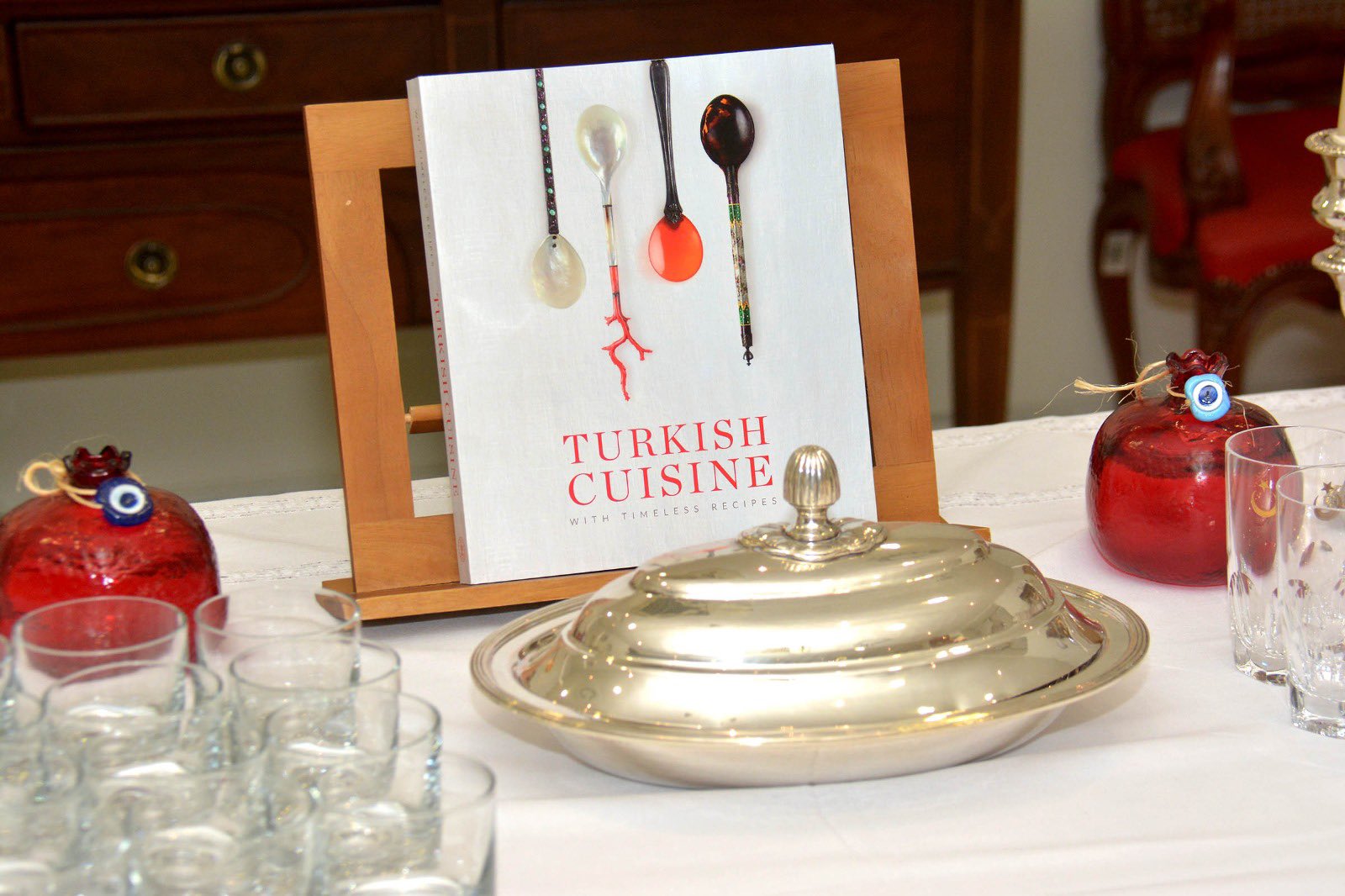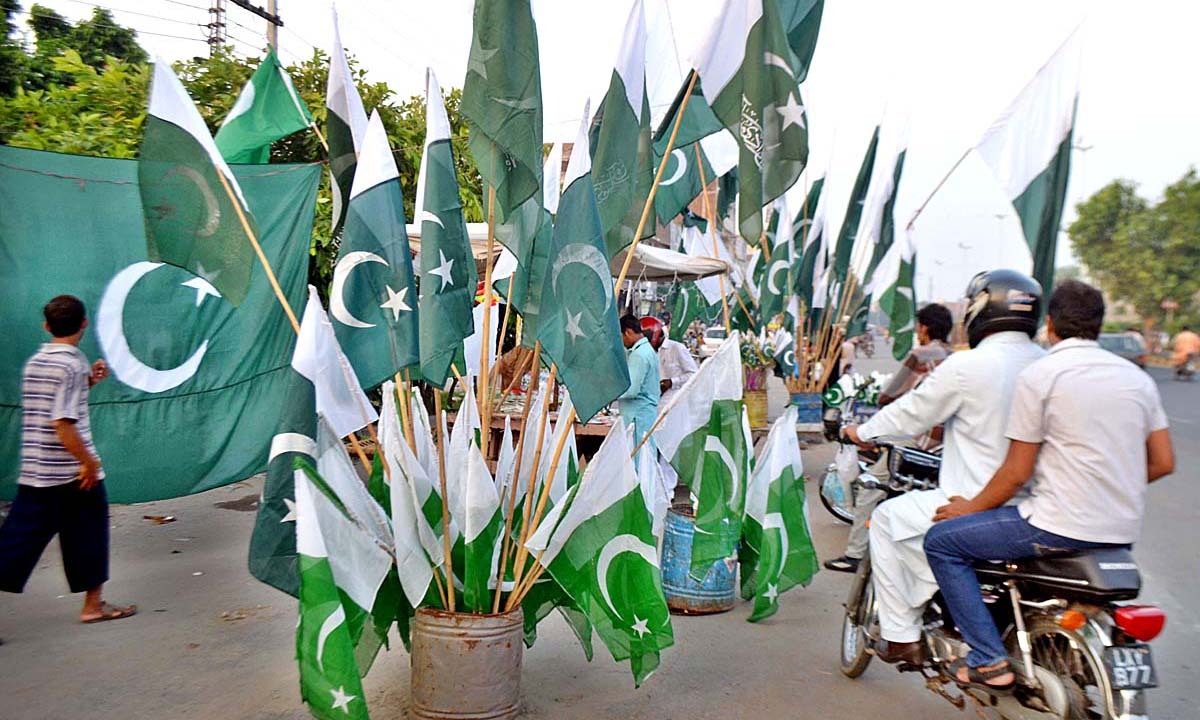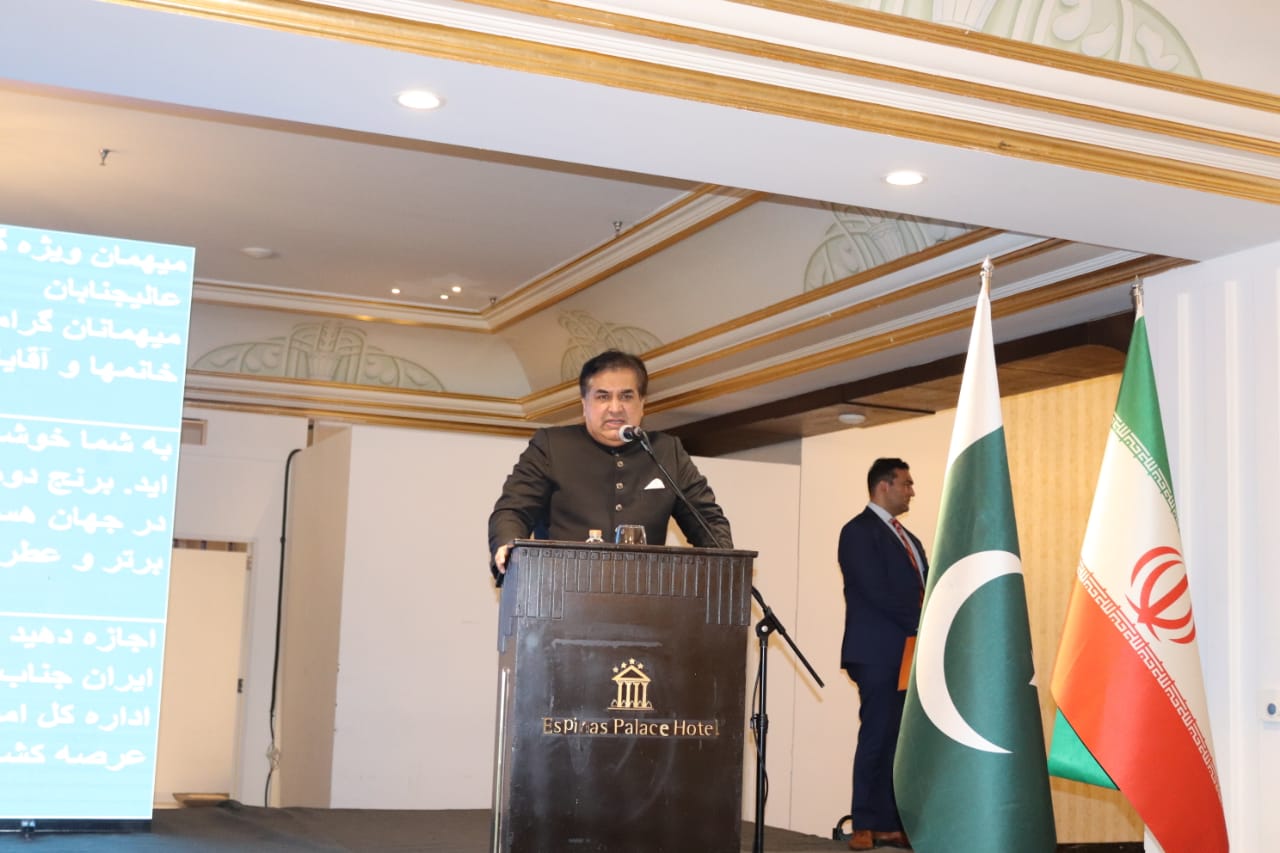It was 4th January 2018. The city was in Kasur, Punjab. 7-year-old Zainab Ansari left home. She was on her way to a Quran class when she was kidnapped and went missing. 5 days later, her lifeless body was found at a garbage disposal site. An autopsy confirmed she had been raped, tortured & strangled to death.

Go back in time to November 2008. The city was Sargodha, Punjab. 11-year-old Madiha went out to buy groceries in her colony and didn’t return home. She was abducted, taken to a nearby sugar cane field, where she was raped and then strangled with a cloth. Her father searched for her and eventually found her dead in that field itself.
Go back further in time to May 2007. The city was Mandi Bahauddin, Punjab. 7-year-old boy, Shah, went to a shop at 2 pm to buy pencils. On his way back, he was forcibly picked up by a 20-year-old man. The man took Shah to his own house and sexually abused him in the drawing room. He then threatened Shah with murder if Shah disclosed anything. Shah started to scream. Upon hearing his screams, 2 people outside forced open the door, saved Shah and took him back to his father. The abuser ran away from the back door.
Fast forward, to just a few days ago, on 7 January 2025, in North Karachi, 7-year-old Mohammed Sarim, left his home to attend lessons at a madrassah within the same building complex. He never returned home. 11 days later, his lifeless body was found in a water tank.
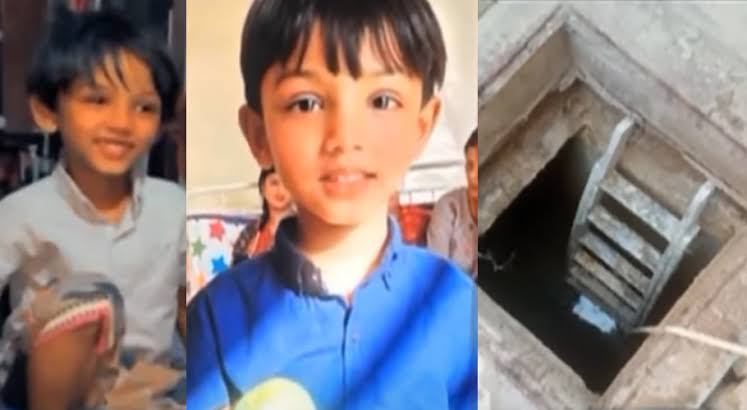
I do not have data to back up what I am about to say: But it just appears evident that child sexual abuse in Pakistan has been happening for many, many years, even maybe at our parents’ time; or the time of our grandparents; or before that too. And while child abuse has long been a serious issue in Pakistan, it’s only recently that more cases have come to light. I am not targeting Pakistan only; this problem exists worldwide. However, Pakistan specifically has indeed recently showcased particularly alarming statistics. According to Statista, Pakistan ranked third globally for reports of Child Sexual Abuse Material between 2020 and 2022 (after India & Philippines). In August 2023, Al Jazeera reported that a child is sexually abused in Pakistan every 2 hours. That’s 12 children in a day! Meaning by this exact second tomorrow, 12 children in Pakistan would’ve been abused by predators in our society.
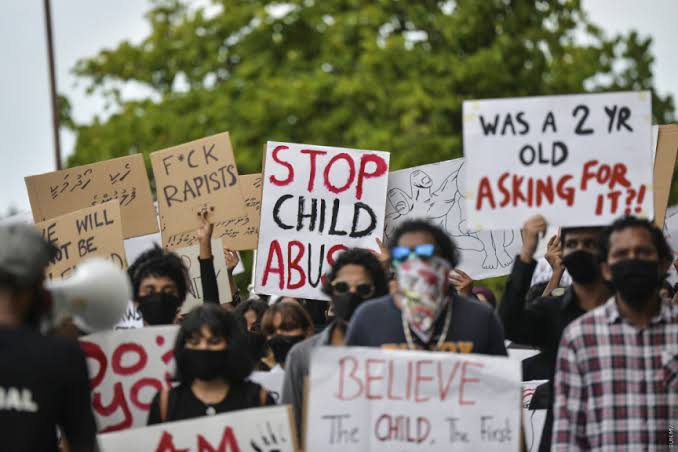
The numbers show that child abuse cases are dismally yet exponentially increasing every single day. There is however, no way to confirm if the numbers are growing only because more people are now reporting, or if it is the case that more predators are out there in the wild now with the uncontrollable population growth of Pakistan. Or maybe it’s both of these factors.
Add a parallel thought: this is only the data that’s been reported; I am sure many cases don’t even get any light of the day and any visibility. Either the poor abused child gets intimidated by the abuser and never reports to anyone, or the parents, upon finding out, don’t take the matter anywhere and suppress it, or families settle the matter outside of court with the abusers, especially if the abuser Is from an influential background or their own family.
Adding further to this gloomy state of our country’s reality: we live in this horrible time where Pakistan’s reputation globally has been further tarnished by this recent report published by media all over the world. This is the report on “Pakistan’s grooming gangs” who have been labeled as responsible for the increase in child sexual abuse, specifically in the UK. The likes of Elon Musk also reignited this blaming and was echoed across many global channels. I did see Syed Muzammil Shah brilliantly dissect the reported numbers on the UK’s child sexual abuse in detail, in his YouTube video. Using his analysis, I can say that in conclusion, while there’s more to the picture, there is still data backing these reports on “Pakistan’s grooming gangs”, all of which is indicative of how our homegrown predators have been exporting their grotesque crimes internationally.
I can list several reasons on why this keeps on happening in Pakistan. Why after every few months, another story circulates on the news about a boy or a girl being abducted, missing, and later it’s found out that the kid was sexually abused and possibly murdered. Another #justiceFor hashtag trends on social media and then gradually dies down as the netizens move on. The abuse is forgotten. There might be arrests. Maybe some convictions. But at this point, nobody is watching.
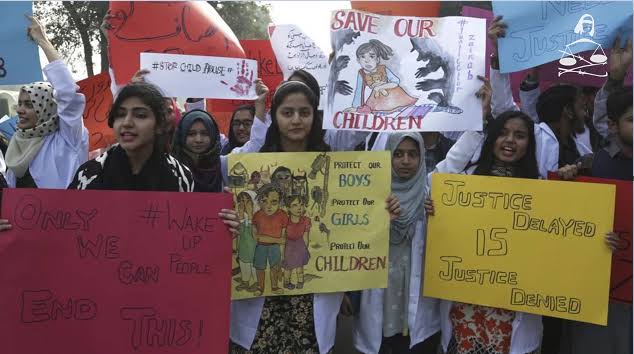
And while child abuse is a global phenomenon and is happening in many countries, there’s one reason I strongly feel, is what makes it more prevalent in Pakistan (and a few other countries). It’s an obvious candidate: our weak legal system. You may ask, what about our legal system makes Pakistan unique? To answer your question, let me share: Al Jazeera published in 2023 that in Pakistan, the conviction rate for child sexual abuse cases is estimated at less than 2%. That means that of a sample set of 100 cases of child sexual abuse, there are only 2 perpetrators who will get punished; 98 abusers will get away. Research by the Sahil Organization (a Pakistani agency working on child protection, especially against child abuse) shows that this is because many cases were settled outside of court due to the long turnaround time of our frail justice system. The victims get discouraged from reporting and pursuing the case with the court.
Thinking further on the same data, this also implies that the abuser has a 98% chance of escaping accountability for his actions; if required, buying out his crime and then once free from all responsibility, they have no hesitation In doing it again. The odds are always in his favor. The cycle continues due to the lack of accountability. The murderer of 7-year-old Zainab Ansari was found to be a serial rapist & killer of at least 7 other children who went missing. Had there been no outcry on Zainab’s murder, had the authorities not been pushed to investigate it hard and find the perpetrator, maybe this sadistic killer would have kept going on. Maybe his tally would’ve gone to a hundred more children. But gladly this is one of the rare cases where the killer was caught, and sentenced to death & his sentence was carried out within 9 months of his arrest.
Maybe that is one of the lessons here: not to be discouraged by the disheartening data and the weak judicial system but rather keep pursuing hard for accountability & justice. I’ll share another example reported by Sahil Organization: In Islamabad, Abid, a 7-year-old boy, left home to go study when a 17-year-old boy, abducted Abid, took him back to his house, and tried to sodomize him. Abid escaped and shared the experience with his family. A case was filed against the 17-year-old. Despite political & social pressures, Abid’s father continued pursuing the case. And it was after 4.3 years that the case was decided. The 17-year-old was convicted for one year with a 10,000 rupee fine. I agree that the punishment is too lax in this case, but the moral of the story is the father’s pursuit of justice to all ends. In the case of Shah, from Mandi Bahauddin (mentioned earlier), a judgment was passed after a lengthy 3.9 years: the abuser was convicted for 10 years.
In an ideal world, the problem of child sexual abuse can be addressed through joint efforts from the government, social workers, policy drivers, law enforcement, educationists & health practitioners, where a solid legal framework is set in place, there is strict enforcement of the law, corrupt practices are shunned, education & social awareness is prioritized and victims are given accessible support systems. But this is Pakistan. Major systematic reforms are needed here for practically everything. The safety of children and the effective prosecution of child abuse cases just happens to be one area where major reforms are direly required. But until that bright sunny day when this happens, the unconditional pursuit of justice, working with organizations like Sahil & leveraging the power of social media, could be a way to ensure these abusers are held accountable and taken off the streets.
Related Stories:
Pakistan’s Forgotten Children: Trapped Between Poverty and Survival
The Crisis of Child Labour in Pakistan
The 16 Days of Activism for No Violence Against Women and Children: A Global Call to Action






